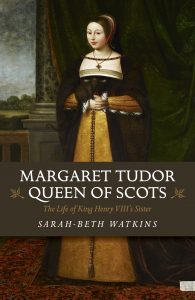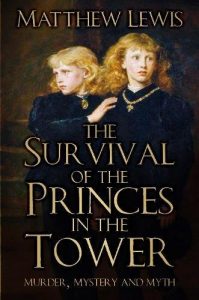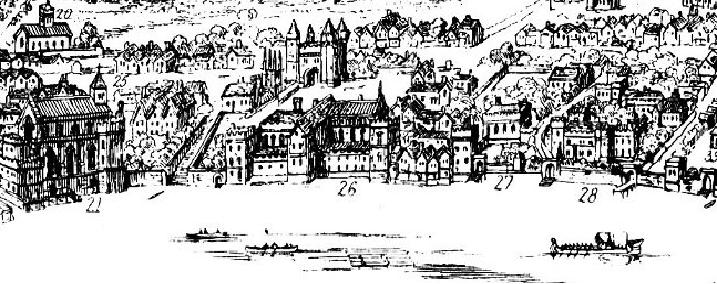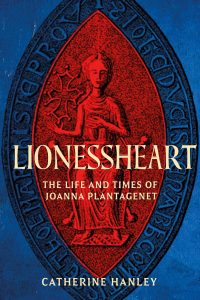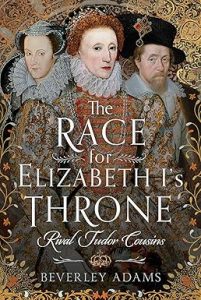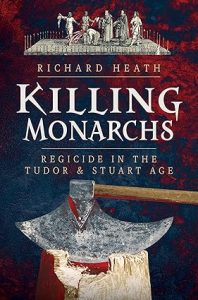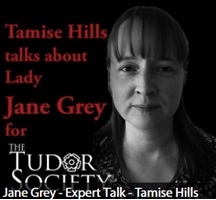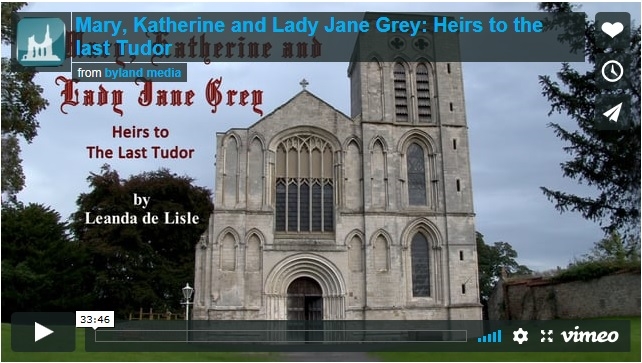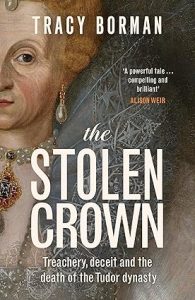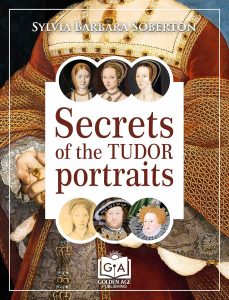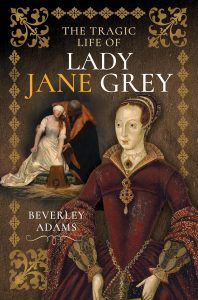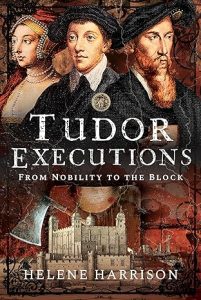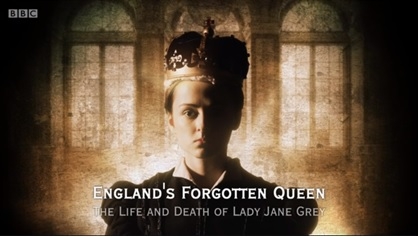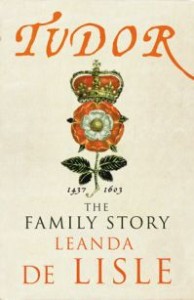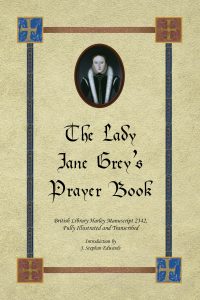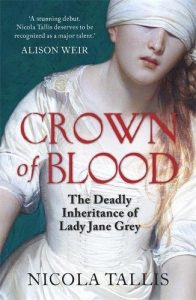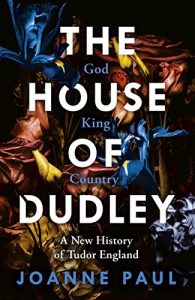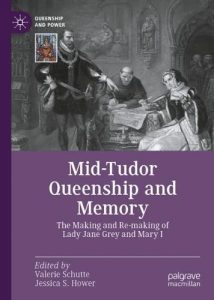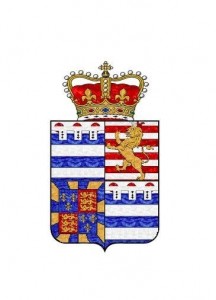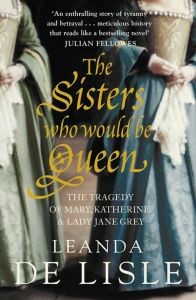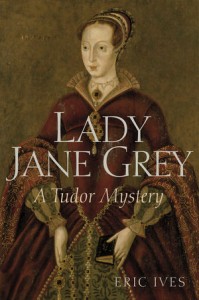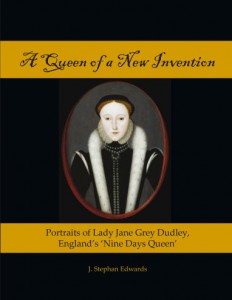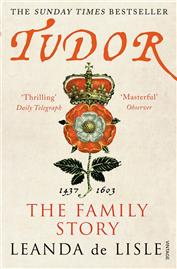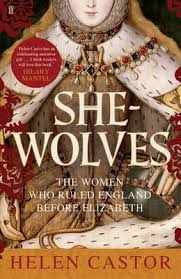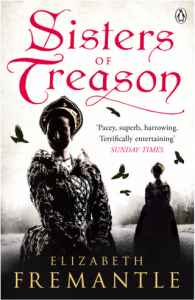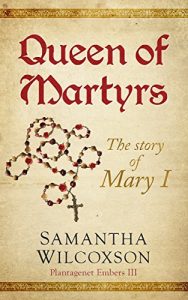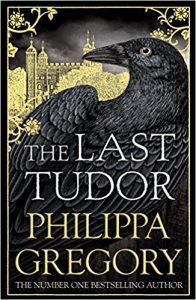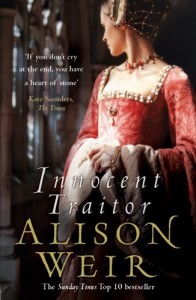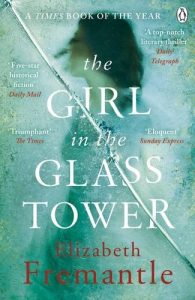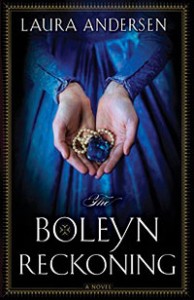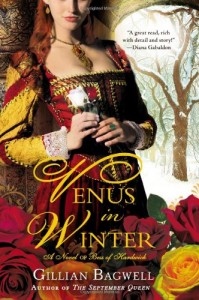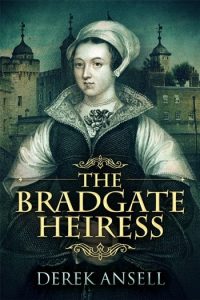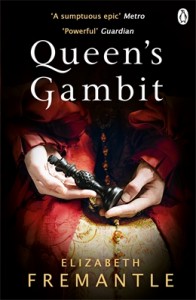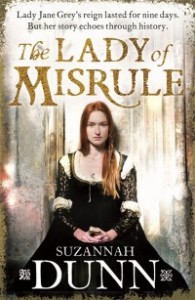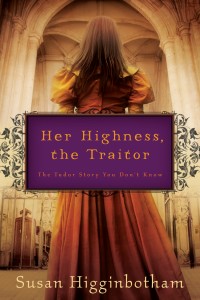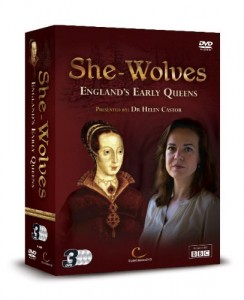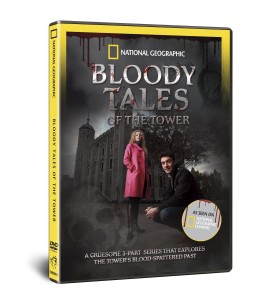Bradgate Park will be celebrating the reign of their nine day Queen, Lady Jane.
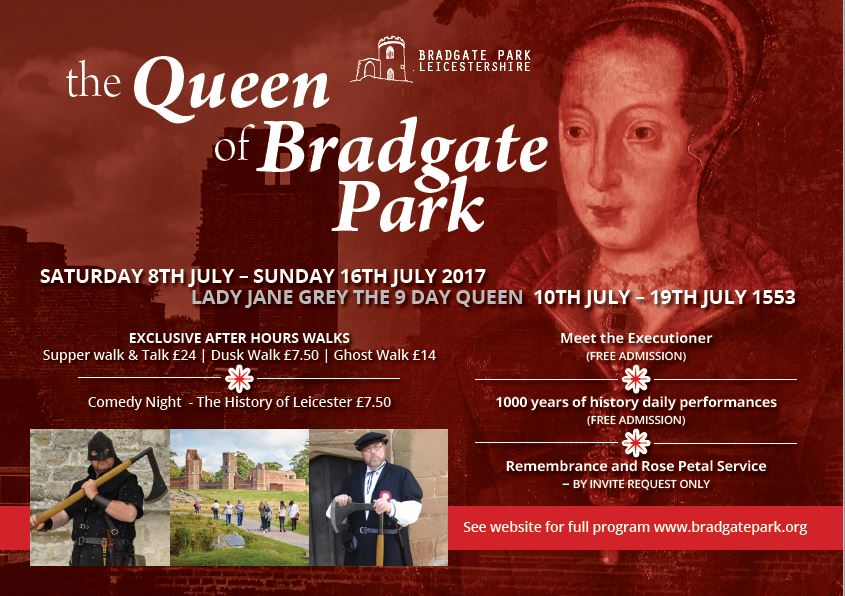
Free Guided Tours
Dates: 8th-16th July
Times: 11.30am and 2pm.
Cost: Donations welcome.
Location: Depart daily from the Visitor Centre.
Details: This tour will take you into the ruins where you will learn about Jane, her family and the 9 Days when she was the first Queen of England.
Meet the Executioner & 1000yrs of History (Hilarious History Songs)
Dates: Saturday 8th and 15th July
Time: 11am – 5pm
Cost: Donations welcome.
Details: Find Gilbert Savage Medieval Executioner and Tony King performing regular sessions in the ruins throughout the day
Lady Jane Grey – Talk, Walk & Supper with Peter Tyldesley Park Director*
Date: Saturday 8th July
Time: 6.30pm/7pm
Cost: £24
Tickets: Available from See Tickets.
Details: Departing from the Conservatory Tearoom this walk will take you across the Park which Jane would have known well through into the ruins of Bradgate House, Jane’s childhood home. Learn about the trials and tribulations Jane would have faced in her short life.
*Please contact the park with any dietary requirements.
Dusk Tours

Dates: 10th, 11th, 12th, 14th July
Time: 6.30pm-8.30pm (Gates open 6pm/Gates close 6.45pm)
Tickets: Available from the Visitor Centre & Shop.
Details: Enjoy exclusive access to the Park after hours for a guided tour of the Visitor Centre and guided walk around the ruins. This tour will take you into the ruins where you will learn about Jane, her family and the 9 Days when she was the first Queen of England.
1000yrs of History with Anthony King
Dates: Sunday 9th July – Friday 14th & Sunday 16th July
Time: 11am-5pm
Details: Daily free performances outside the Deer Barn Tearoom between 11.00am – 5.00pm
Ghost Walk
Dates: 13th July
Time: 7.30pm-10pm
Cost: £14
Tickets: Haunted Heritage.
Hysterical History Comedy Night
Dates: Saturday 15th July
Time: Performance starts 7.30pm. Doors and Bar open 7pm.
Location: Conservatory Tearoom
Tickets: £7.50. Available from the Visitor Centre & Shop.
Details: Join Robert Cratewell Tudor Executioner and local comedian Tony King for a hysterical historical night of comedy. For over 18’s.
Remembrance & Rose Petal Service
Date: Sunday 16th July
Time: 6.30pm-8pm
Tickets: Email Bradgate Park at estate-office@bradgatepark.org
All images © Bradgate Park Trust

